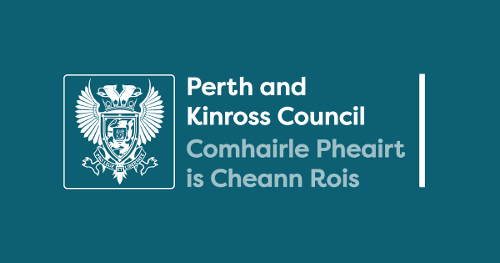This section details circumstances where the amount of relief awarded may be restricted by Scottish Government legislation.
Subsidy control
Ratepayers should note that certain types of non-domestic rates relief are capped if they are deemed to constitute Minimal Financial Assistance under the terms of the Subsidy Control Act 2022.
Minimal Financial Assistance has a financial threshold which allows recipients to receive up to £315,000 over three financial years (the current and preceding two financial years).
This level of £315,000 replaces the minimum financial assistance of 325,000 Special Drawing Rights (which replaced the EU de minimis regulation under the Treaty of the Functioning of the European Union which limited support to a beneficiary to €200,000 over three years).
The Non-Domestic Rates (Restriction on Relief) (Scotland) Regulations 2023 provides, from 1 April 2023, that the following specified reliefs subject to these measures are;
- Renewable energy relief
- Enterprise areas relief
- Telecommunication installation relief
- Rural relief
- District Heating relief
- Transitional relief for the 2017 revaluation cycle
- Transitional relief for "park" entries in 2023 and 2024
- Coronavirus relief
- Day Nursery relief
- Islands and remote areas hospitality relief
These provisions were subsequently expanded to include the following.
- Islands and remote areas hospitality relief
- Hospitality relief under the 2025 scheme
The award of these reliefs, and any other awards that are deemed to be Minimal Financial Assistance, when added together, must not exceed £315,000 over a three year period.
When applying for any of the above relief awards, if you consider that you, or any other company you have a single undertaking relationship with in the UK, have already received support from UK, Scottish and Local Government in excess of, or close to, this sum you must declare this if applying for any further support.
Under-use of premises
Powers were granted under Section 20 of the Non-Domestic Rates (Scotland) Act 2020 and introduced from 1st April 2021 that allow Local authorities to take action where premises are not in active use or are not used to a reasonable extent; and it appears that the sole aim of the limited occupation is to attract rates relief.
The criteria under which such awards of relief may be challenged are.
- The lands and heritages are not being used
- They are being used but there is a significant difference between the extent of use and the extent to which they could reasonably be used
- Any relief awarded would put charge below the unoccupied rate
- The main reason for occupation is to obtain rates relief
Where this is believed to be the case we will give notice to the ratepayer and set out our reasons for this. We will then give the ratepayer 28 days to explain the extent of the use and the reasons for that.
If the ratepayer does not provide a satisfactory explanation as to the use of the premises the relief will be refused or terminated.




